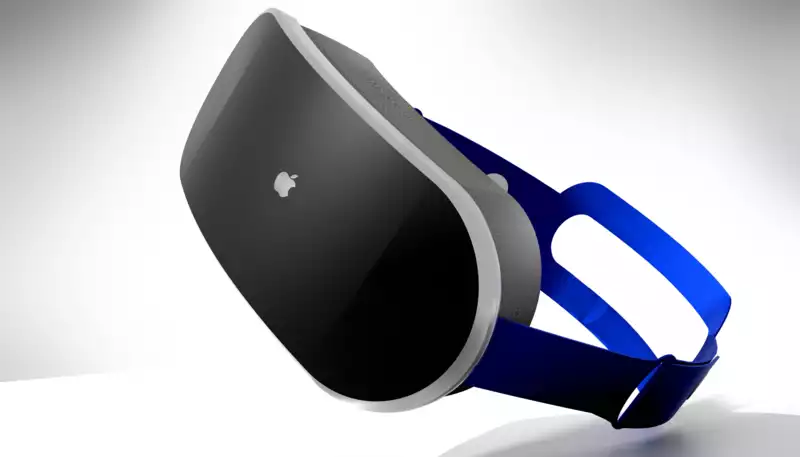According to analyst Ming-Chi Kuo (via 9to5Mac), Apple's VR and mixed reality headset could have some interesting features. Kuo claims that the headset will be able to track eye movements and blinks, and may also feature biometric iris recognition.
These are features pulled straight out of a science fiction novel, but they are not as crazy as you might think. Especially for a headset as advanced as Apple's.
Apple's VR and mixed reality headsets are already said to include a number of external sensors. Rumor has it that they are built to support see-through AR capabilities, body tracking, and obstacle detection. The headset will also feature LiDAR, which will enhance the accuracy of the AR functionality.
But Apple is clearly not stopping there. Kuo claims that Apple's headset will feature "sophisticated" eye tracking, which can detect exactly where the user is looking and blinking. This could replace handheld controllers.
Kuo also mentions iris recognition capability, which is reportedly equivalent to Face ID and automatically identifies the headset user. Iris recognition could also be useful for authenticating payments and other purchases at the App Store, but it is not clear if this feature will be ready in time.
None of this is really new, of course. Eye tracking is a feature that has been available for some time on certain high-end VR headsets like the HTC Vive Pro. As for iris recognition, it's a feature that has been available on Samsung's flagship devices for several years, starting with the Samsung Galaxy Note 7. It all depends on how Apple intends to use these technologies.
Past reports have suggested that Apple is working on designing a mixed reality headset that is powerful, yet light and comfortable. The two rarely mix in a headset, but eye tracking can help facilitate this in a unique way.
If the headset can tell exactly where the user is looking, then everything else on the screen becomes almost meaningless. In other words, the headset can dynamically scale down the resolution and quality of everything you are not focusing on. By doing so, the headset will not waste CPU and GPU resources on things the user is not going to see.
Additionally, rendering the entire display simultaneously consumes a lot of computing power. This is especially true if the Apple headset offers an 8K display. The smaller the area, the less computing power required, which means that Apple will not have to use less powerful components.
Furthermore, by not overworking the CPU and GPU with display elements that are not going to be viewed, power consumption and heat generation can be reduced. This means that Apple can use smaller batteries and cooling systems, reducing the overall weight of the headset.
Apple's VR and mixed reality headset is expected to be available in mid-2022 and will reportedly cost either $1,000 or $3,000. Either way, it is designed to be an ultra-premium headset with AR path capabilities and will serve as a precursor to high-tech AR Apple Glasses.










Comments